 Εκτύπωση Εκτύπωση
 |  | Choirokoitia (Khirokitia) |
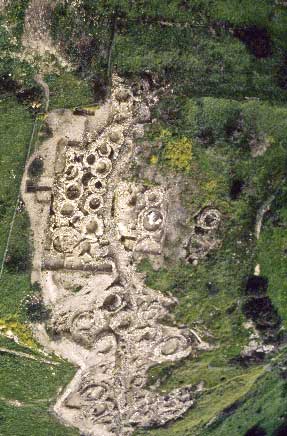
Choirokoitia
Situated in the Maroni valley, about 6 km from the southern coast of the island, the site of Choirokoitia lies in a hilly landscape in the foothills of the Troodos massif. It constitutes the most impressive example of the initial establishment of sedentary communities on the island and the development of an original civilisation: the Cypriot Aceramic Neolithic. These communities originated from the neighbouring mainland and settled in Cyprus at the end of the 7th millennium B.C. bringing with them plants and animals unknown until then to Cyprus.
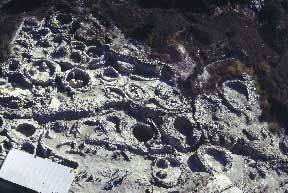
Choirokoitia
The site of Choirokoitia, which was founded and inhabited during the 5th millennium B.C., was discovered in 1934 by P. Dikaios on behalf of the Department of Antiquities. In 1976 the exploration was been taken over by the CNRS (Centre National de Recherche Scientifique) under the direction of Dr Alain Le Brun.
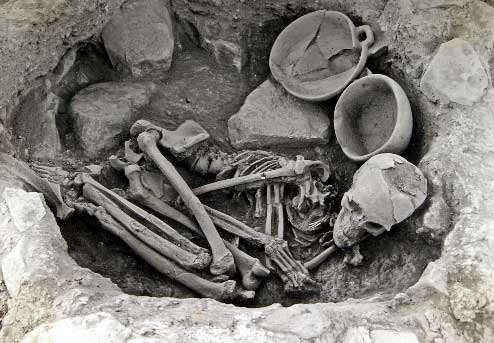
Choirokoitia: Burial
The site is bound to the north, east and southeast by the deep bend of the river, and to the west by successive walls. A complex architectural system, unique in Cyprus and the Near East, provided control over access to the village. Protected by these walls, the houses of the settlement were crowded together. A house consisted of a compound of several buildings with a circular ground plan around an unroofed space, a kind of small inner “courtyard” where grinding took place. These structures were built in stone, pisé and sun-dried mudbrick, or any combination of the three. The roof was flat and consisted of a wooden frame made out of branches, reeds, pisé and earth. Excavation revealed that the dead were buried in pits inside the dwelling units.
The inhabitants of Choirokoitia used diabase, a hard stone, for the manufacturing of stone vessels, which constitute a particular characteristic of the Cypriote Aceramic Neolithic. Picrolite, a smooth green stone that can be found in abundance in the Kouris riverbed west of Lemesos, was used for making jewellery.
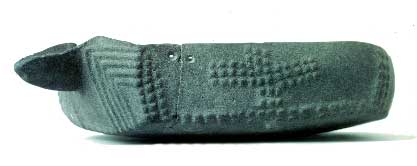 Choirokoitia: Stone vessel
Choirokoitia: Stone vessel
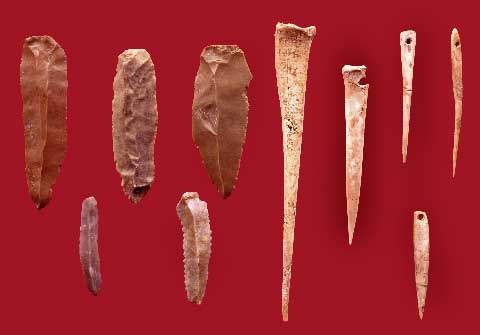 Choirokoitia: Flint and bone tools
Choirokoitia: Flint and bone tools
The brilliant civilisation vanished suddenly, and no adequate explanation has been given regarding its disappearance. Choirokoitia, like other aceramic sites on the island, was abandoned and the island appears to have remained free from human presence for a long time, until the emergence of a new civilisation: the Ceramic Neolithic.
In December 1998 the site was inscribed on the UNESCO World Cultural Heritage List. Near the entrance of the site there is a reconstruction of five huts and part of the defensive walls with their complex entrance.
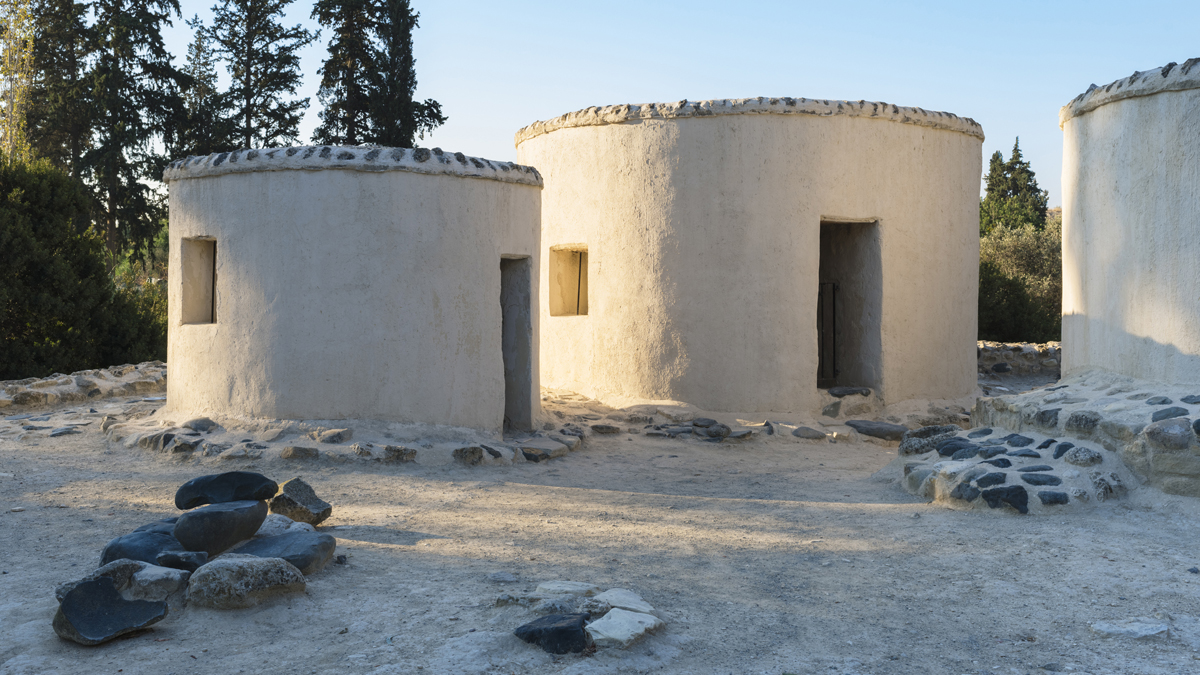 Choirokoitia: Reconstruction
Choirokoitia: Reconstruction
| District | Larnaka |
| Telephone | 24322710 |
Opening hours
for Public Holiday opening hours see home page | Winter hours (16/9 - 15/4 )
Monday - Sunday: 8.30 - 17.00
Summer hours (16/4 - 15/9)
Monday - Sunday: 8.30 - 19.30
(last ticket issued at 19.00) |
| Admission | €2,50 |
| Accessibility | Non wheelchair accessible (due to the natural sloping of the hill)
People using wheelchars can visit the area of the recontructed huts. |
|  |